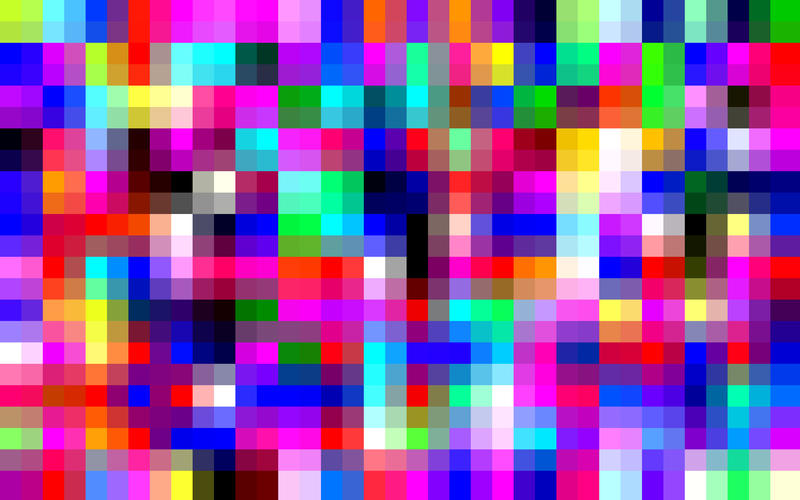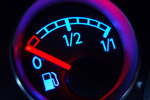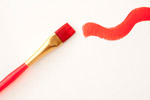DPI (dots per inch)
- The correct resolution for you…
An a printer may be able to represent (or resolve) 300 DPI.
 The important thing
to remember - Neither of the examples above use images which 'are' 96DPI
or 300DPI !!!
The important thing
to remember - Neither of the examples above use images which 'are' 96DPI
or 300DPI !!!
DPI is the resolution of the medium - a description of how many of the smallest 'bits' of an image can be represented in 1 inch (horizontal or vertical) on a monitor or paper. Digital Images 'themselves' are never 'XXX' DPI, they just exist as an array of pixels of a specified size (e.g. 1024x786 etc.). You should never need to ask the question 'I need a 300DPI image of....'
Images are 'displayed' or output at XXX DPI. For example, you need to print an image say three inches square at 300DPI, then you require an image of 900x900 pixels (alternatively called call it 3inches square at 300DPI). If we were to use the same 900x900 pixel image on a monitor at approximately 100DPI then image would be 9 inches square!.
FreeImages can be 'any resolution'; if you choose to use them in a high-resolution medium (printing for example at 300DPI) then the maximum size might be a few inches across (useful for a column wide illustration etc). If you use them on screen they may be larger than your monitor! (Hence you will need to resize them before use)
To confuse the situation printer manufacturers describe their printers as being '360 DPI' etc. While this is true to an extent, it confuses the situation because when a colour image is printed it needs to be screened (or halftoned). On a desktop PC this is done automatically by the printer driver/printer (it is the process where the printer is able to make many colours from only a few inks e.g. Cyan, Yellow and Magenta inks). The important number to remember is the printers' PPI value (as a rule of thumb for a desktop inkjet it is a little more than 1/3 of the DPI value) the PPI value is the number of Pixels (points) that the printer can represent (or resolve) in one inch when printing greyscale or colour.
Some people insist on 300dpi for all printed media, while this is generally a good rule of thumb for highest quality glossy prints, you can often get away with a lower resolution, especially in newsprint where you were be hard pushed to see any difference between images at 100 or 300dpi because of the limitations of the medium.
.
On a computer monitor and while printing black and white / lineart (not greyscale!) then DPI = PPI.
While printing greyscale or colour on a printer then DPI is not equal to PPI
photo credit: freeimageslive / creator
More Articles and Ideas Like This :
Subscribe to read the latest tips, ideas and articles when they are published.
or check our updates page for the latest news, facebook posts and tweets




